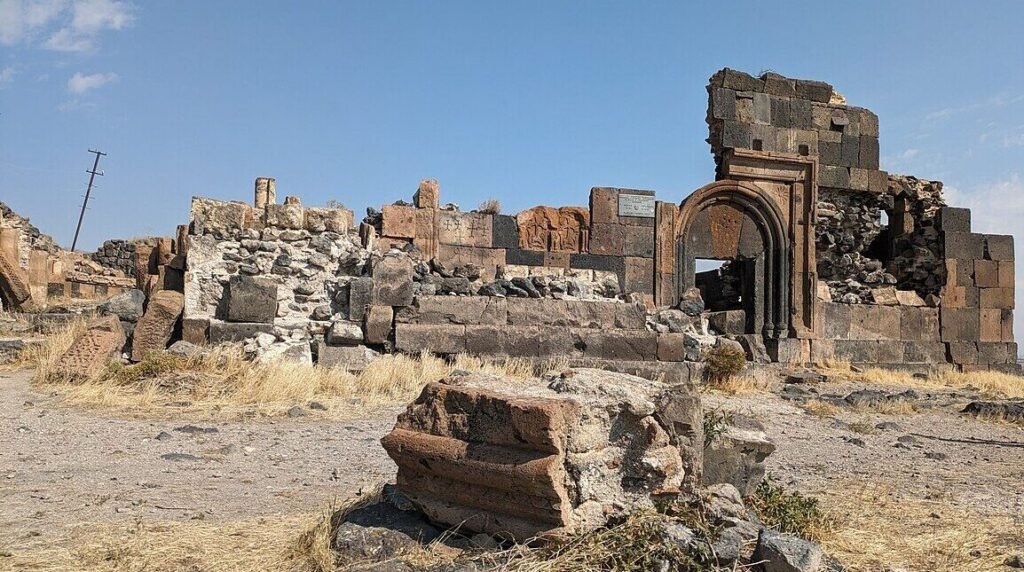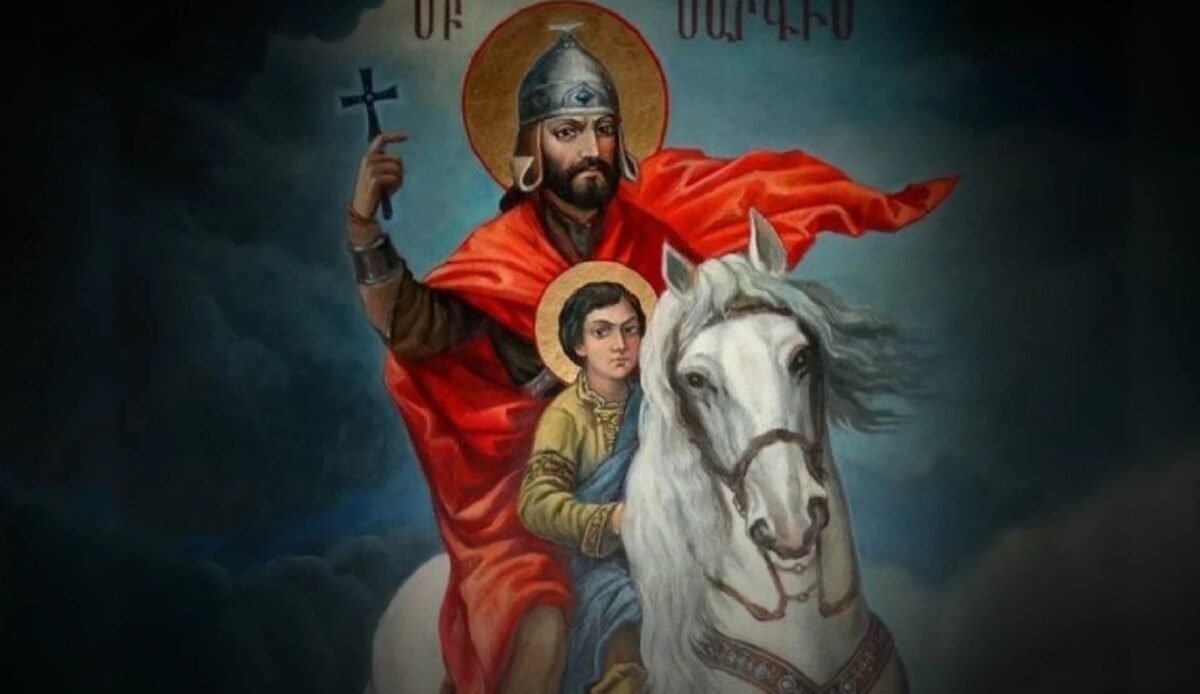St. Sargis the Commander’s Feast Day
St. Sargis the Commander’s Feast Day is one of the most beloved and popular celebrations in Armenia, dedicated to the Christian saint, St. Sargis the Commander, who is considered the patron of love, youth, and soldiers.
Who was St. Sargis the Commander?
St. Sargis the Commander was a devoted warrior of the Christian faith who lived in the 4th century and became a defender and preacher of Christianity. He was appointed as the governor of Cappadocia by Emperor Constantine the Great, but during the reign of Emperor Julian the Apostate (361-363), he was forced to flee persecution, first seeking refuge in Armenia and later in Persia. The Persian King Shapur II demanded that he offer sacrifices to the sacred fire of Zoroastrianism, but Sargis refused, declaring that he worshipped only the one true God. As a result, he was subjected to brutal torture, and his son, Martiros, was martyred before his eyes. Remaining steadfast in his faith, Sargis was eventually beheaded, and, according to legend, a divine light descended upon his body, signifying his sanctity.
According to tradition, Mesrop Mashtots brought his relics to Armenia and buried them in the village Ushi, where a church was later built in his honor. St. Sargis is considered the quick intercessor of young people, and his feast day has been proclaimed as a day of blessing for the youth. His name symbolizes not only military courage but also the ideals of love and loyalty, which is why his feast is often compared to Valentine’s Day in the West. However, unlike Valentine’s Day, St. Sargis' feast emphasizes faith, love, and spiritual connection, rather than romantic expressions of love. Another difference between the two is that while Valentine’s Day primarily refers to couples, St. Sargis’ feast holds special significance for single individuals seeking a life partner, highlighting their faith, love, and spiritual connection over mere romantic expressions.

When and How is the Feast Celebrated?
St. Sargis the Commander’s Feast Day is celebrated by the Armenian Apostolic Church 63 days before Easter, meaning it is a movable holiday that can fall between late January and late February. This year, St. Sargis' Feast will be celebrated on February 15. The holiday begins with a special church service on the evening before, followed by a Divine Liturgy the next morning.
Folk Traditions of St. Sargis' Feast
St. Sargis' feast is accompanied by various beautiful traditions, including:
The Salt-Cookie Ritual (Aghablit) – On the eve of the feast, young girls prepare a salty cookie (aghablit) and eat it before they sleep without drinking water, hoping that in their dreams, their future husband will offer them water to drink.
St. Sargis’ Intercession for Lovers – According to folk beliefs, if lovers meet in a church on this day and pray together, their love will be eternal.
The Horseshoe Mark Tradition – On the night before the feast, young people and lovers place a tray filled with flour or roasted wheat (pokhind) on their balcony or rooftop, believing that St. Sargis, accompanied by angels, will pass by during the night. If the hoofprint of his white horse appears in the flour, it is considered a sign of good fortune, happiness, and the fulfillment of love-related dreams.

Church Celebrations of St. Sargis' Feast
By the decree of His Holiness Garegin II, Catholicos of All Armenians, St. Sargis the Commander’s Feast Day has been proclaimed as the Day of the Blessing of the Youth. On this day, the Armenian Apostolic Church conducts a special liturgy, during which believers pray for peace, love, and happiness, seeking St. Sargis' intercession.
St. Sargis' Feast is not only a religious holiday but also has great cultural and national significance. It is a celebration of love, loyalty, hope, and pure intentions, making it an eagerly awaited and inspiring event for Armenian youth.



